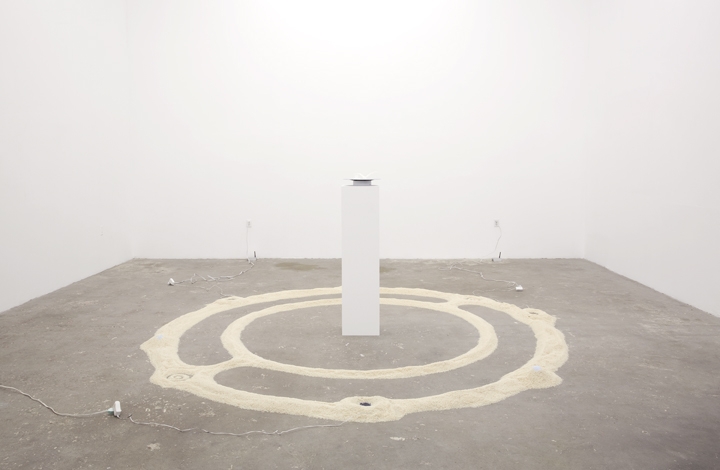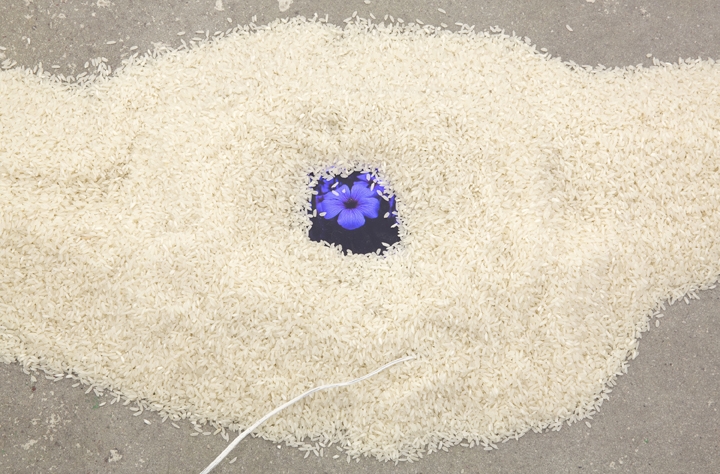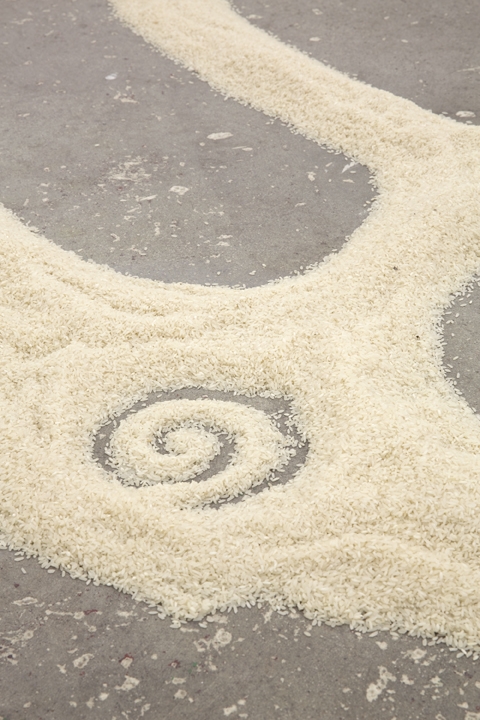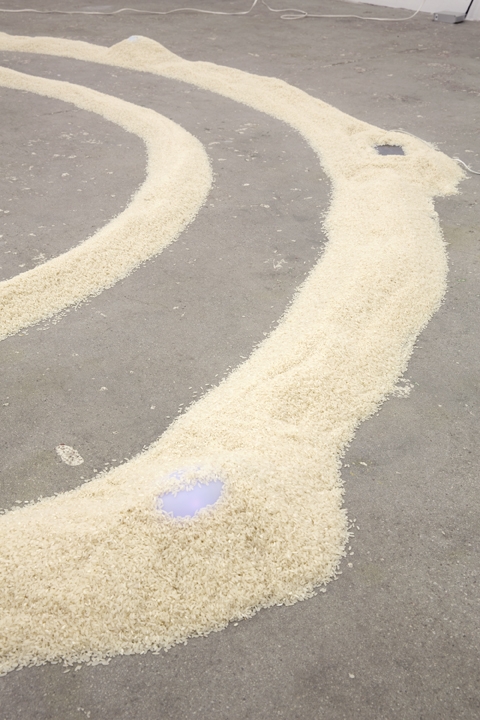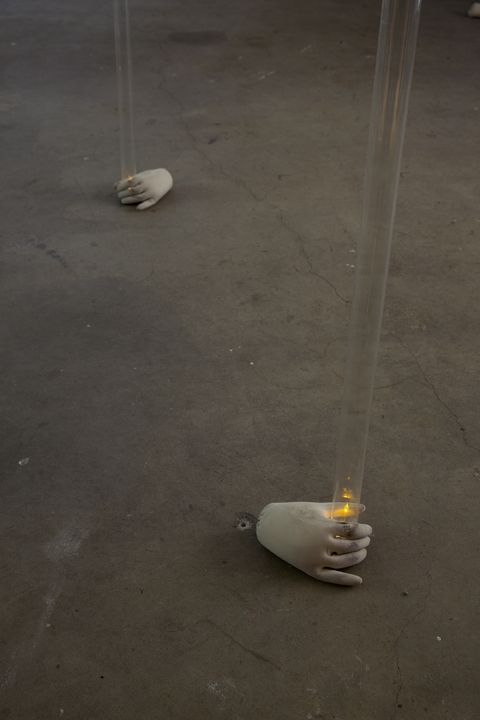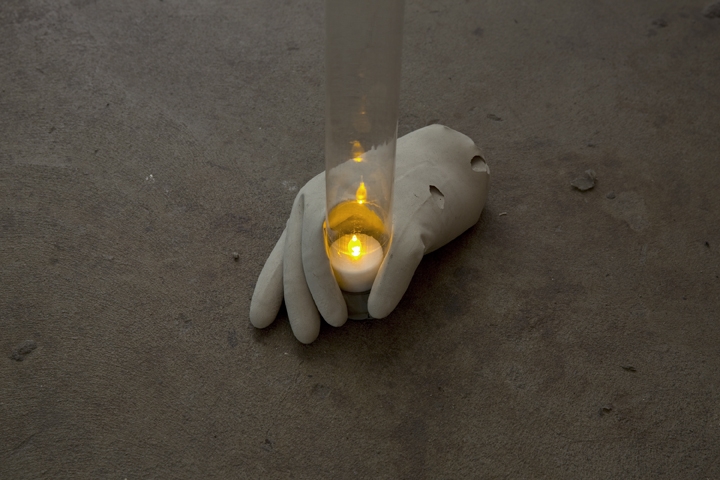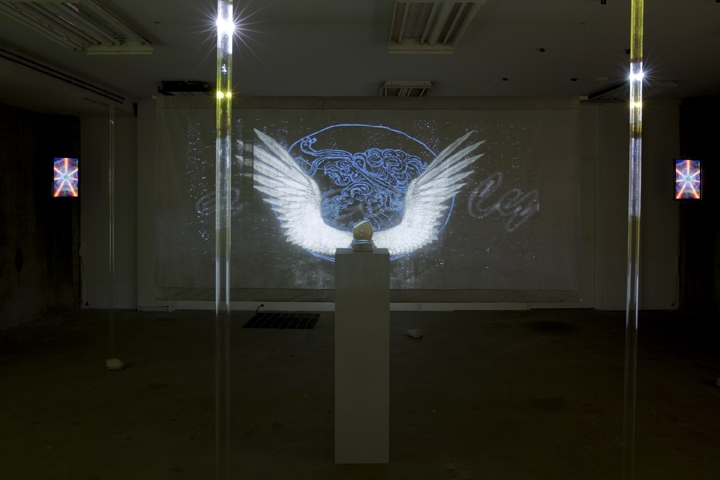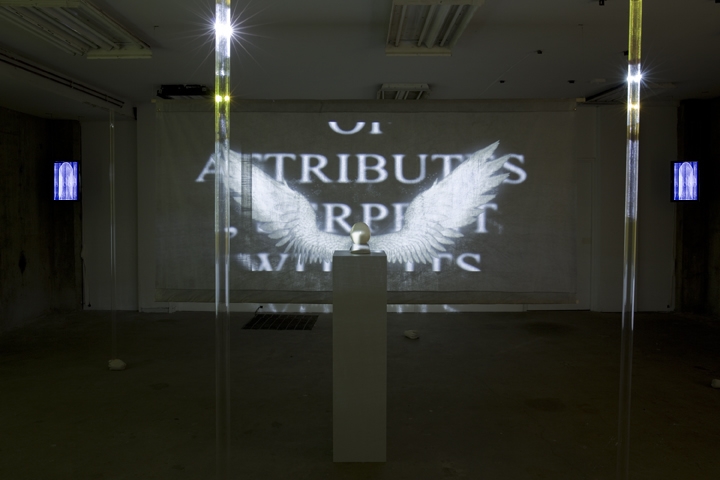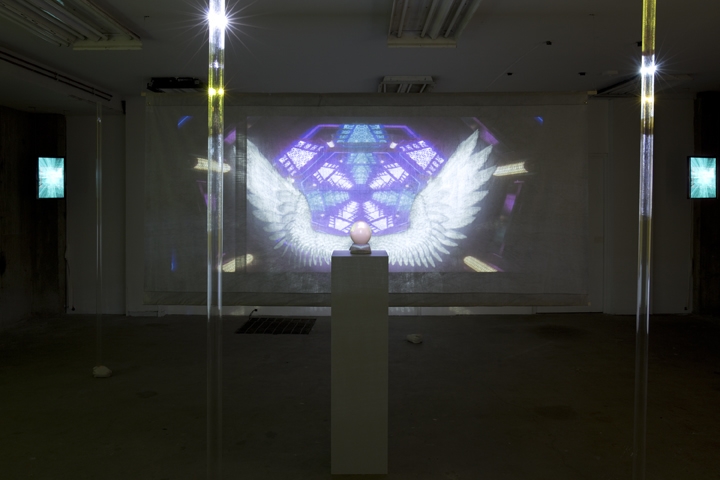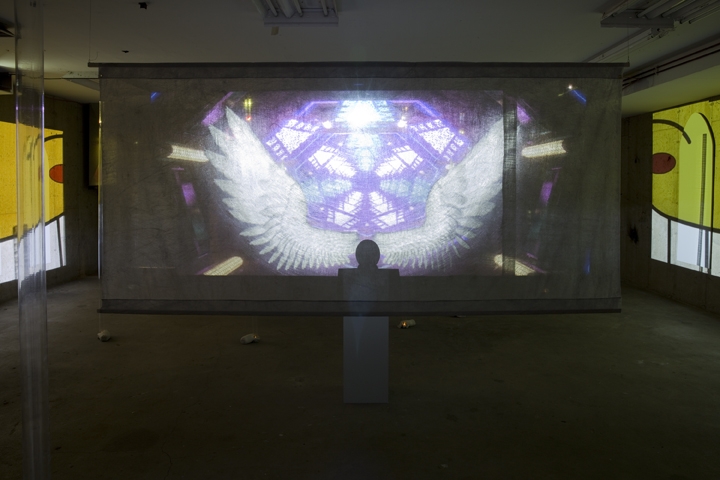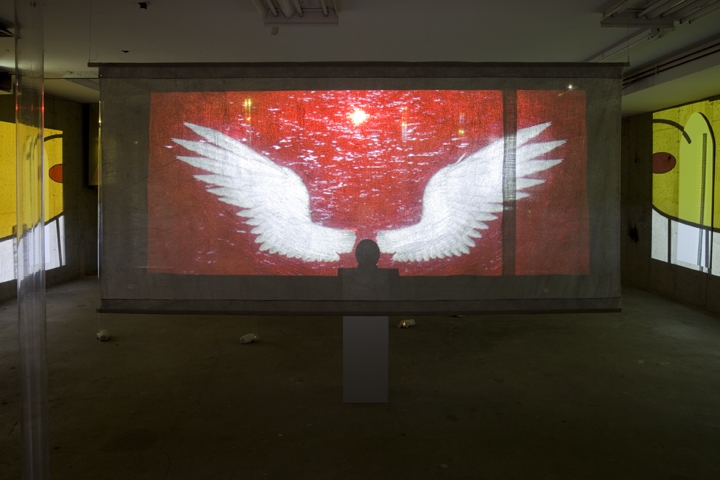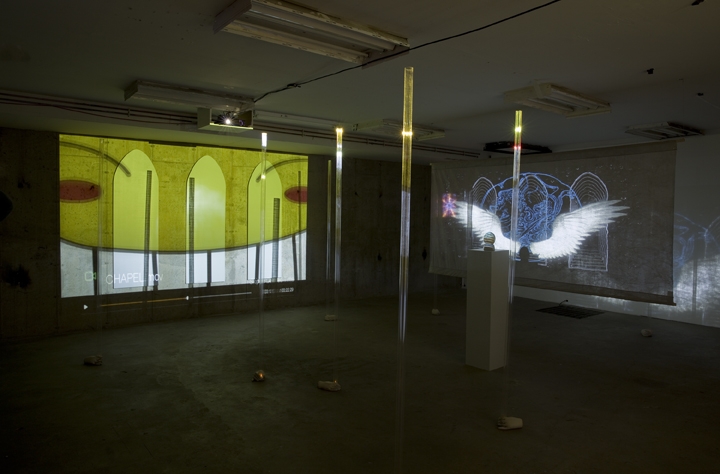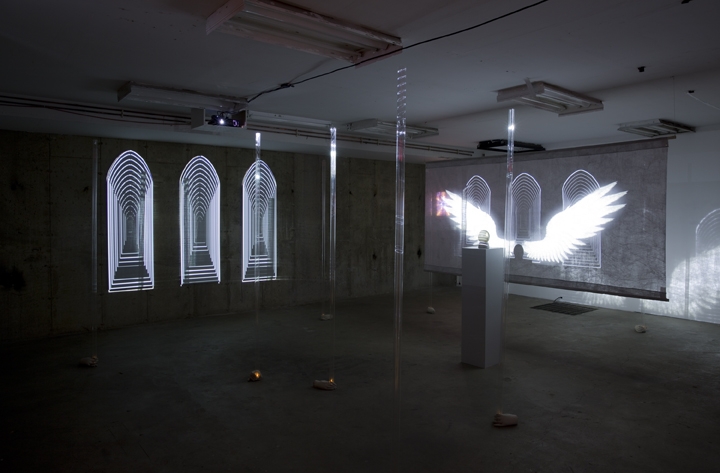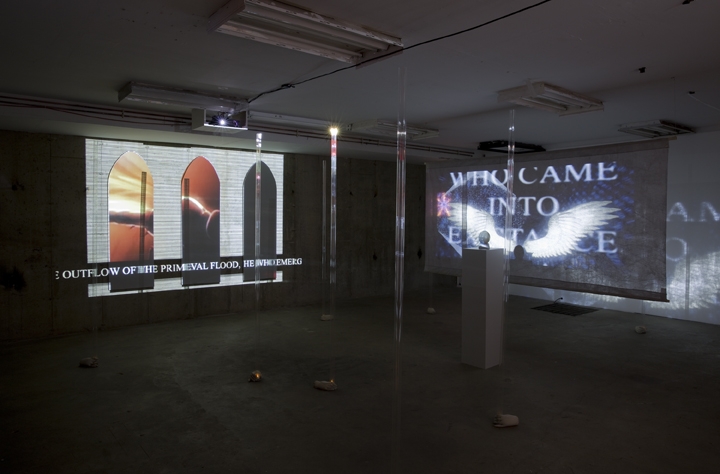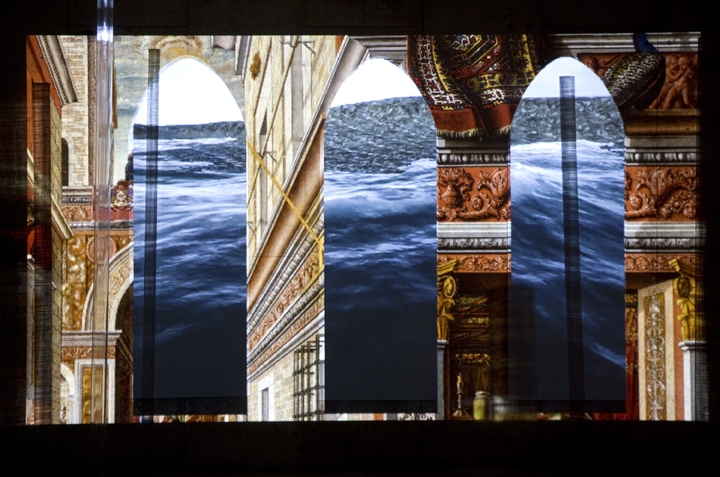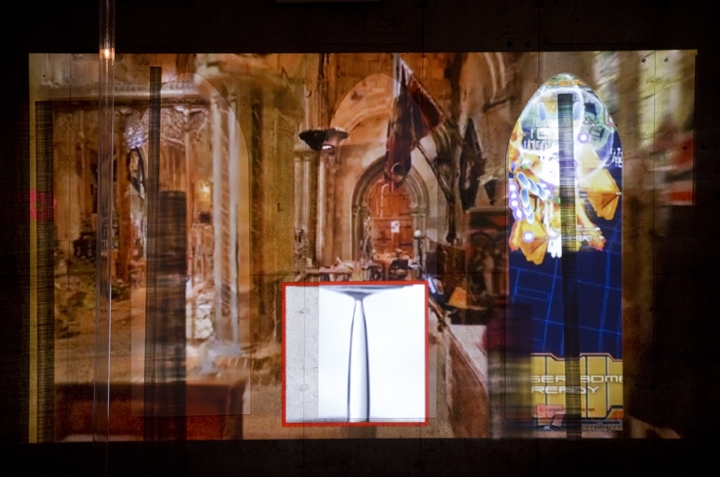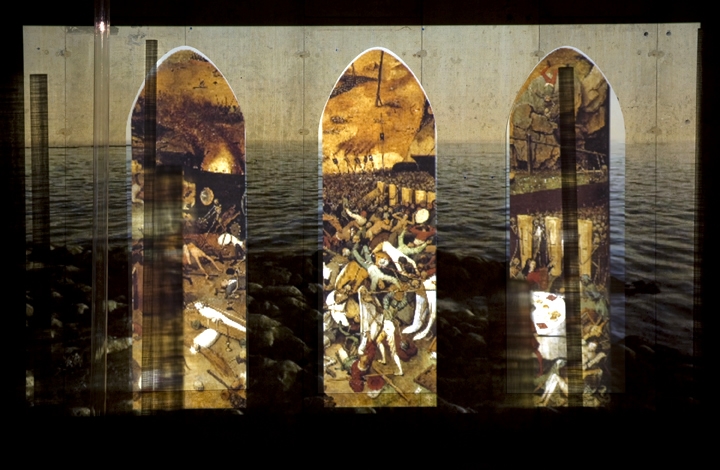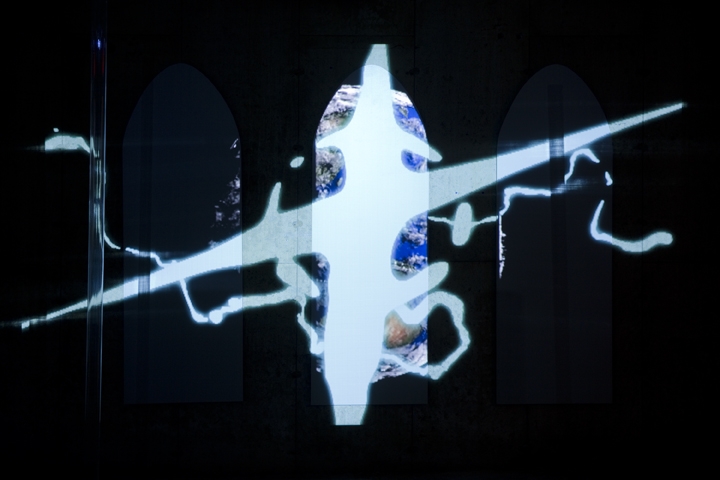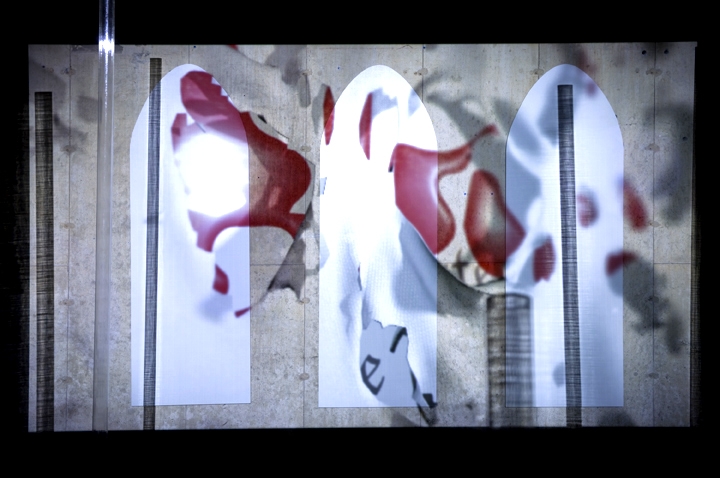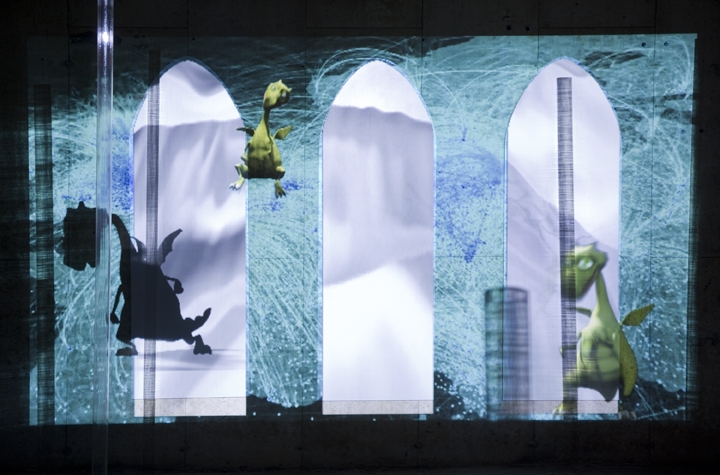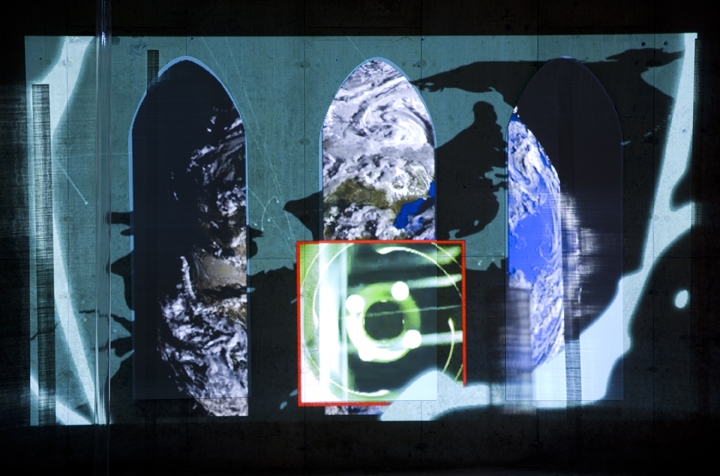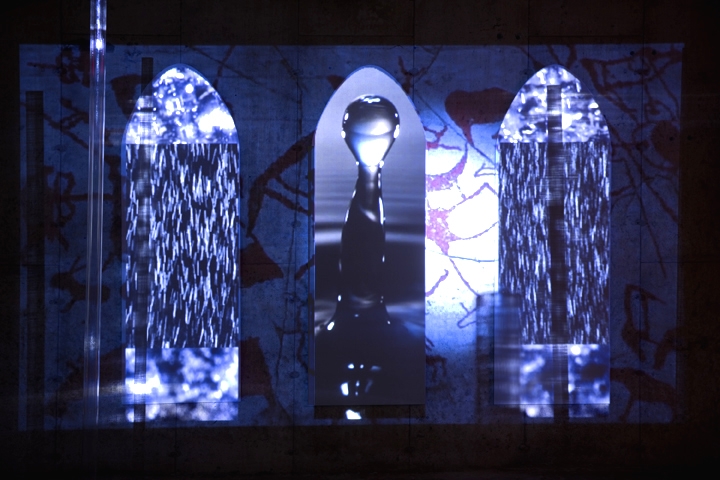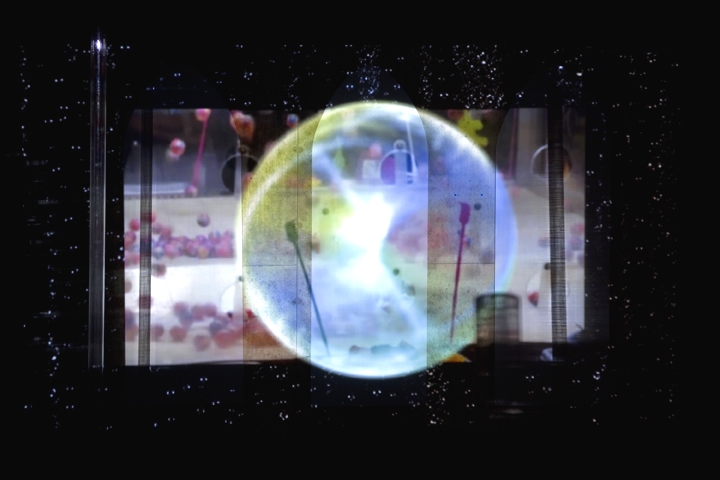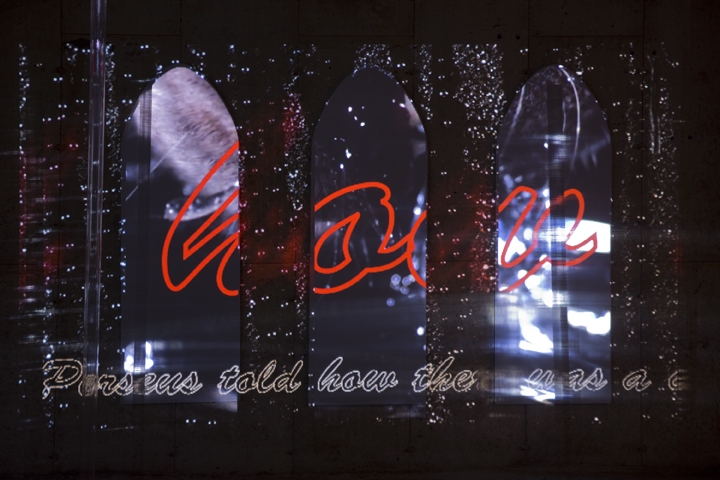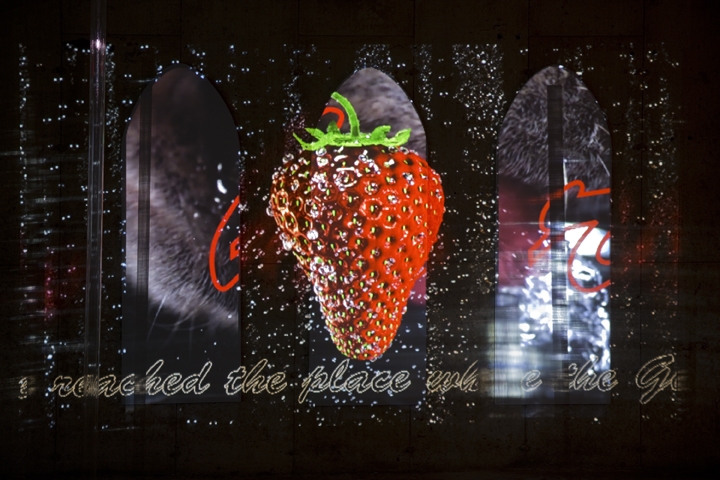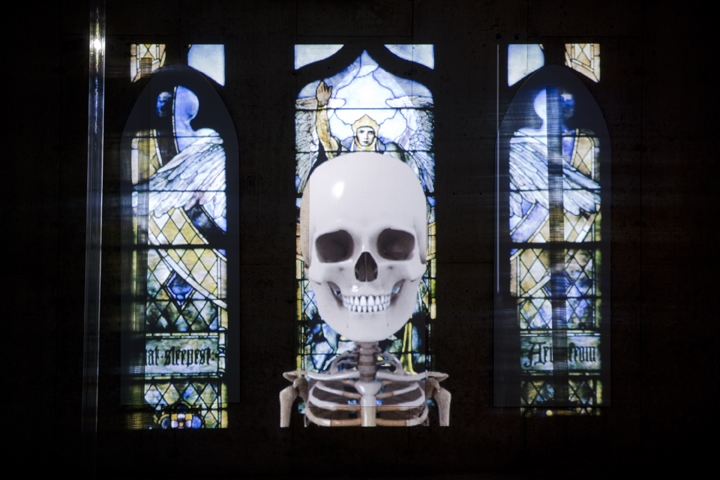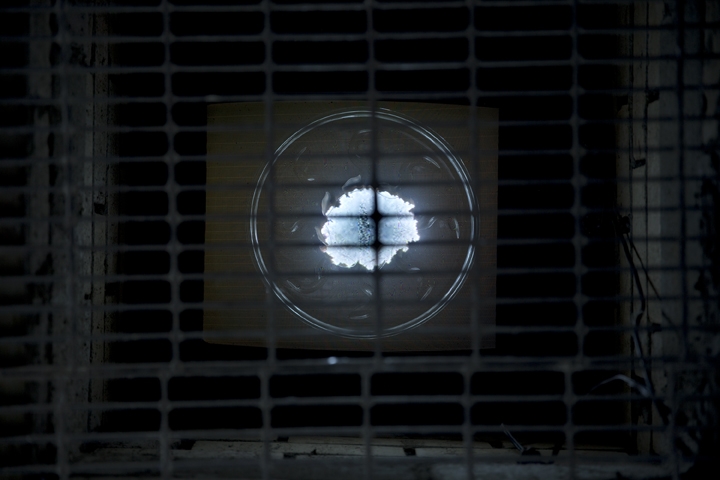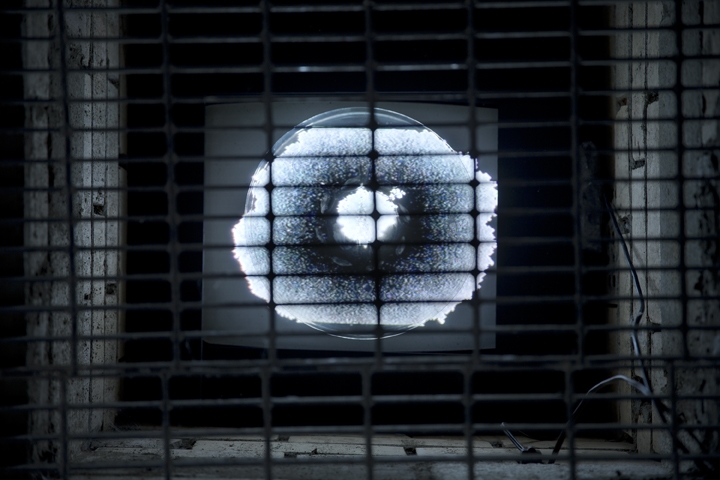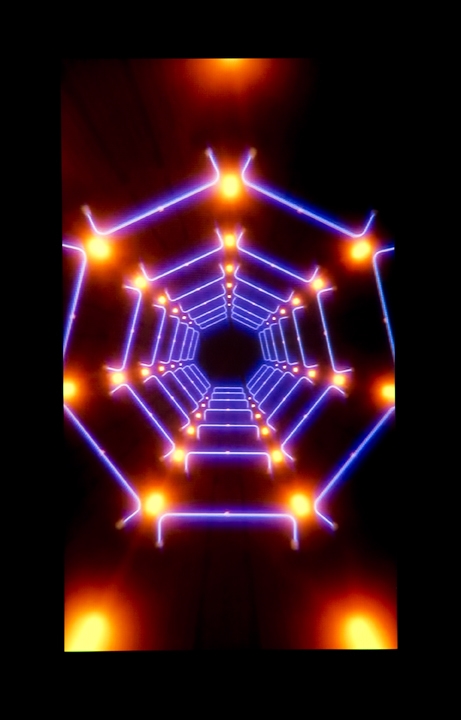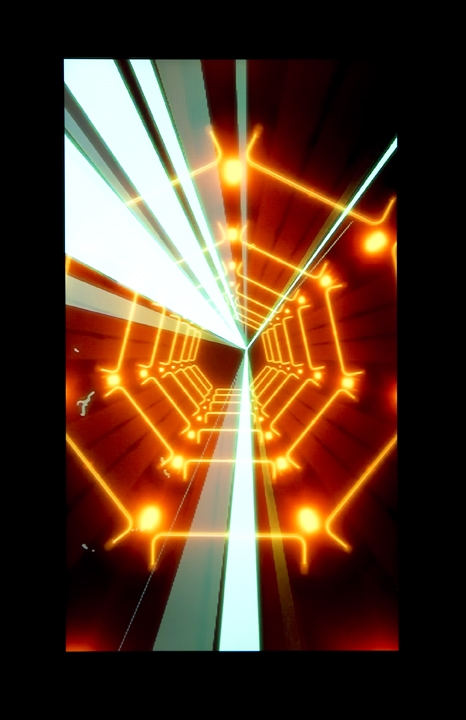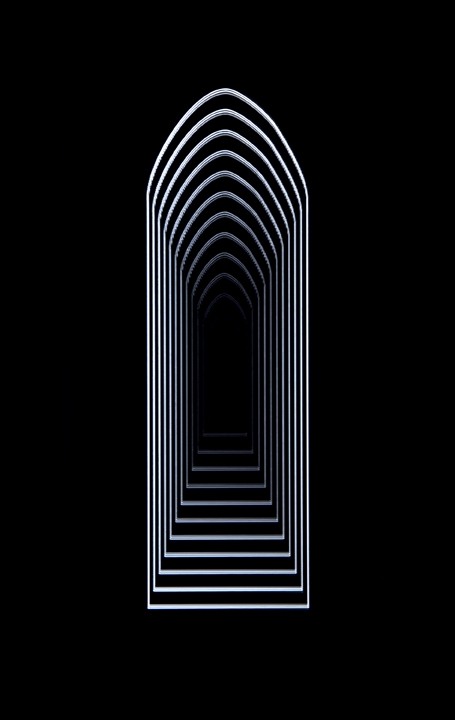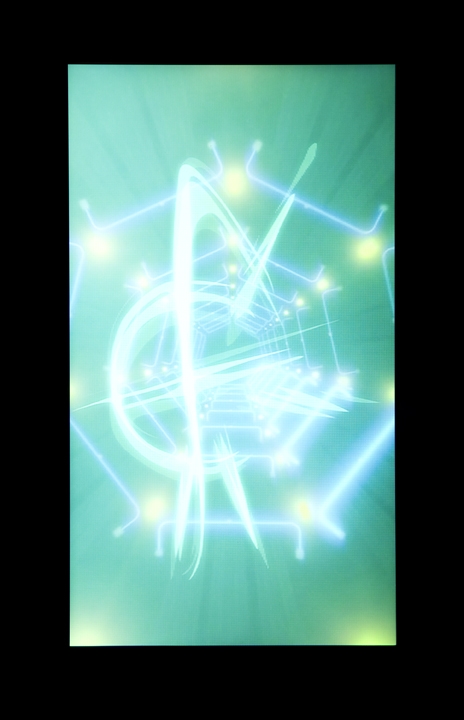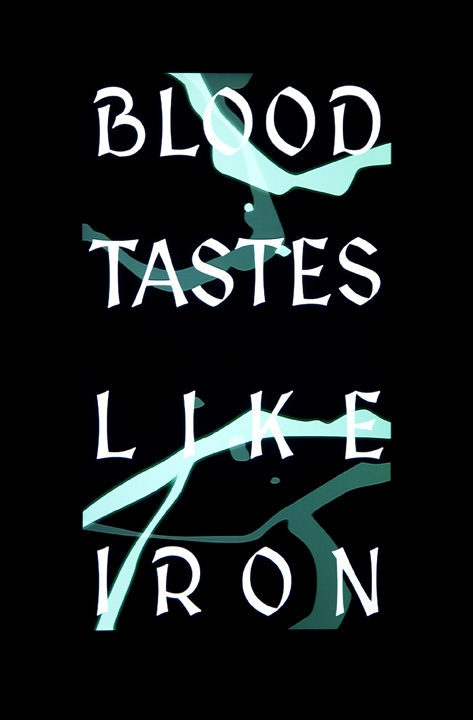Daniel Leyva
Blood Tastes Like Iron
September 19 - October 12, 2014
The swirling maelstrom of technological progress is so often heralded as the imminent salvation to all our ills. And we effortlessly extrude these technologies, as if secreted by some glandular Technos carried for eons, deep within our genetic code. It is difficult to separate us from our creations, but it is wise to remind ourselves that humanity sits at the center. The necessity to examine this evolving relationship grows more crucial as we engineer more autonomy, sensitivity, judgement, and cognition into these machines we bring into our world.
It is this ever-present and evolving human-machine socialization that I wish to consider.
Our nature is social. We build technologies to enable new relationships and manipulate our realities, perhaps from a deep animism driving us to awaken the inanimate, breathe life into our surroundings, and to engage with us more directly. These social relationships are, in essence, inter-transactional: those between ourselves, between technology and between nature. An experimental symbiosis is in effect, one in which we have opened ourselves to the realities of human potential, and slowly invited technology into our bodies. Our mechanical extensions gain momentum, and more recently, at times, surpass the inertia of human civilization. The expressions of our potential reach beyond our ambitions.
Embedded in the very fabric of nature, ubiquitous computation allows us to decipher and understand biological and technological systems, effectively mimicking their complex informational structures and utilizing their biases and tendencies to our advantage. More information is able to be extracted and utilized, we begin to understand the hidden systems. It enables us more control of the our emergent, techno/human natural landscape, yet pushes our own cognitive capacities to the point of incomprehensibility. We default to data streams and literal graphics in order to process the multi-dimensional layers of mutable information, programming ourselves towards current computational processes and away from the poetics of human hypermedia expressions.
The brain evolved to handle one construct of reality yet we now overlay multiple local and remote experiences simultaneously. This is an entirely new cognitive map. Spatial convergence is challenging our ability to disambiguate between presence and distance. Blended realities emerge through the abundance of screens, annotations, and overlays, characterized in part by a growing inability to distinguish authentic from synthetic, or to clearly separate the self from the other. The psychological exploration of this territory reveals itself, in part, through our artistic expressions.
The domain of informational aesthetics can be a way to learn to navigate and express our emotional engagement with this disruptive flood of multi-modal, technological socialization. Three minutes of CNN and most broadcasting systems in the same amount of time can show you split screens, diagrams, maps, contributions from all over the world, 4 lines of type (2 of them moving), logos in the left hand corner giving you a huge mass of information. These kinds of excitement and phenomenon that are persistently used as a structure of information are missing from the language of more figurative, poetic and social dialogues about technology, regardless of the fact that the audience is able to utilize these orthodox methods in day to day life.
Blood Tastes Like Iron, seeks to elicit transhuman cognitive processes through encounters of fragmentation, of multiple uses, of repetition and musical constructs expressed in a single phenomenon to illicit a sense of this visual language we are familiar with in the information age. Utilize the maelstrom, acquaint yourself with new modalities of hypermedia expression.
Daniel Leyva is originally from Lake Worth, Florida (26.615916,-80.120621) He is inspired by JRPGs and the Home Shopping Network, and currently a web designer based in Brooklyn, New York (40.699325,-73.930339). He has exhibited at: Eyebeam, 319 Scholes, Envoy Enterprises, Museum of the Moving Image, as well as internationally.
---
Press for exhibition: artnet, The Creators Project


